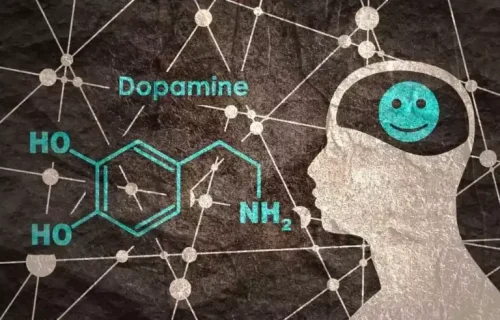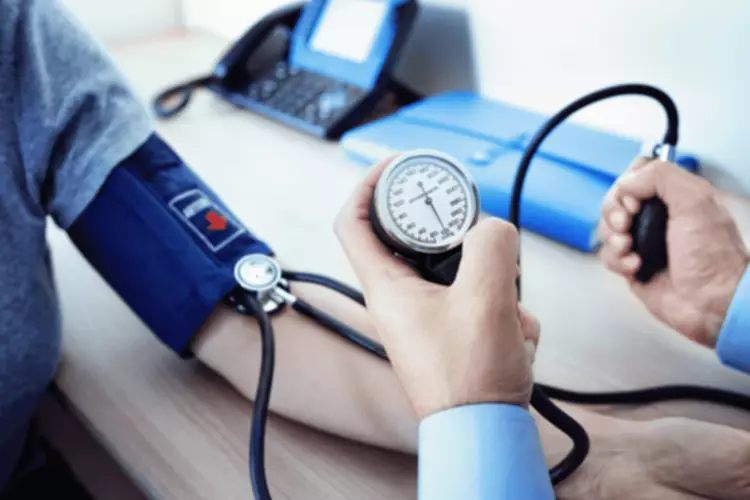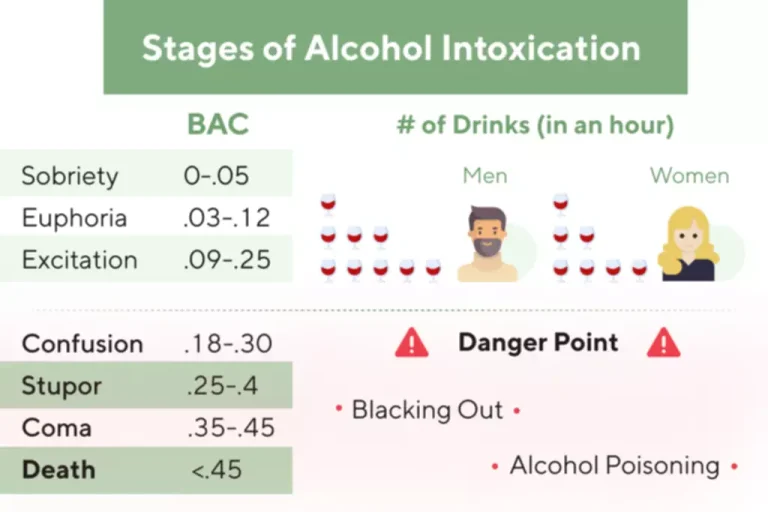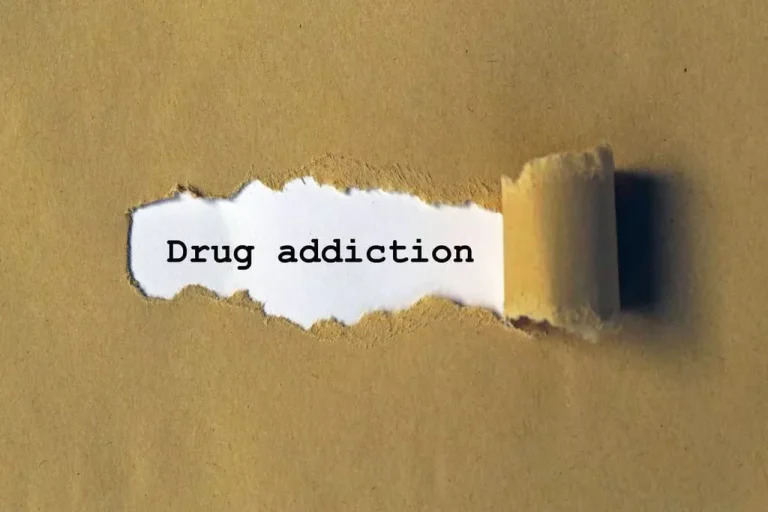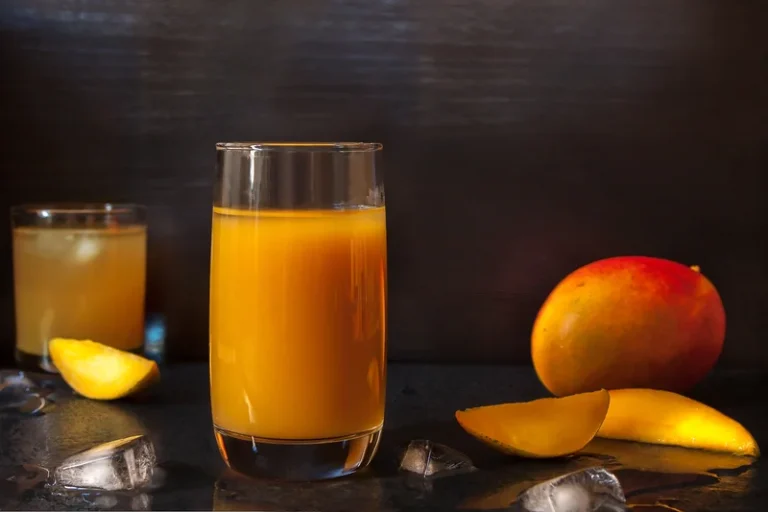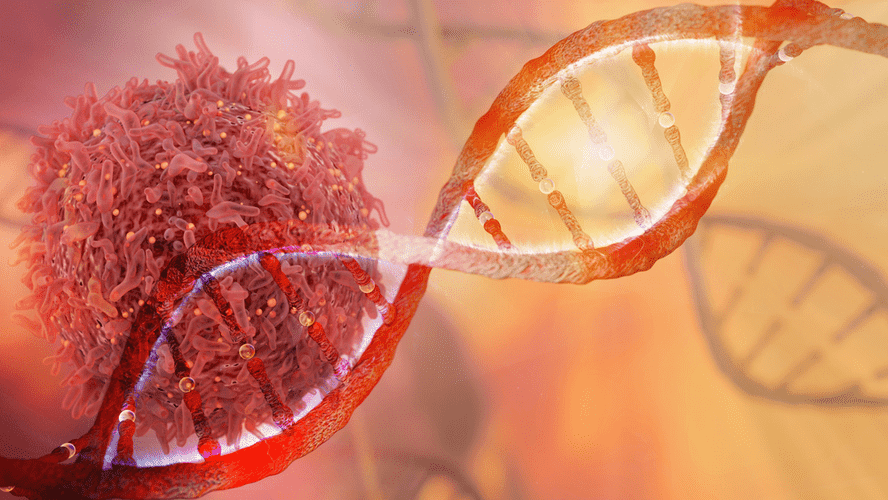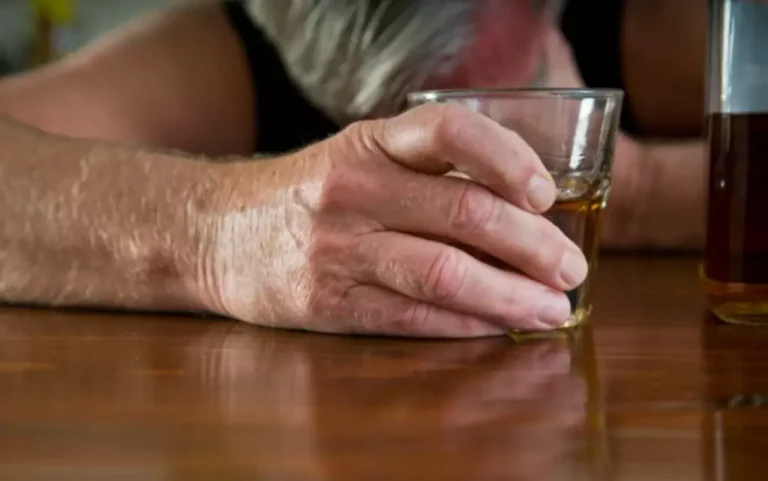
By uniting with NARR, affiliates and providers become part of a national movement dedicated to enhancing the quality and accessibility of recovery housing. Together, we harness our collective strengths to build a more inclusive, supportive, and empowering recovery landscape. Our board members, recovery residence https://ecosoberhouse.com/recovery-residence/ operators, affiliates and volunteers provide the momentum that helps us affect change. Using data driven models, we provide solutions that can truly make a long-lasting difference for those we serve. To ensure consistent safety and quality, WAQRR accredited recovery residences undergo annual reviews.
Code of Ethics
Level IV Type C (Clinical) integrates the social and medical model typically using a combination of supervised peer and professional staff. In addition to peer-based recovery support, recovery support services, and life skills development, Level IV’s offer clinical addiction treatment. While all Level IV residences are licensed treatment programs, not all licensed treatment programs would qualify as a social model-based Level IV recovery residence. Throughout the 1990s, many treatment programs discontinued their social model elements, a distinct departure from today’s residential community approach. An example of a Level IV is a recovery residence that implements social model care in a therapeutic community.
Levels (Types) of Recovery Residences
If you are interested in establishing a recovery residence in California or obtaining a recovery residence certification for an existing home with CCAPP, you may find the links listed under “Templates” helpful. To purchase one or more training programs or if you have questions about NARR training or content development services, please contact us below. Ethical OperationsUpholding the highest ethical standards in operations, resident care, and community interactions, ensuring transparency, integrity, and respect in all endeavors. Please carefully review all of the credential documents before applying for certification.
Wellness Transitional Living
Knowing that you’re not alone, that you have connections with people who understand and can help you during the rough patches life brings, is a proven way to support sobriety. CCAPP endorses the concept of sober living and the establishment of Recovery Residences. Current research shows that the longer a person is exposed to and part of a sober community, the better the chances are for long-term recovery. Until recently most of our training has been in live, in-person or remote workshop formats. We tailor the content for this training to an individual client’s needs and budget, whether it be a NARR affiliate, state agency or other organizations. Since our founding, NARR has placed a heavy emphasis on training, education, and professional development.
Emma L. Bowen Community Service Center
Level I recovery residences maintain a recovery-supportive culture and community using house rules and peer accountability. After the virtual/on-site inspection, the DMHA Housing Team will provide you with an official communication within 15 business days. This communication will list any required quality improvements that your organization needs to engage in prior to your application being approved. DMHA is basing most of the designation requirements and on-site inspection requirements on the most current NARR quality standards. Once DMHA Housing Team has received a response from your organization concerning any required quality improvements, they will determine if your certification will be approved or denied. The DMHA Housing Team will notify you within 15 business days about your certification approval/denial.
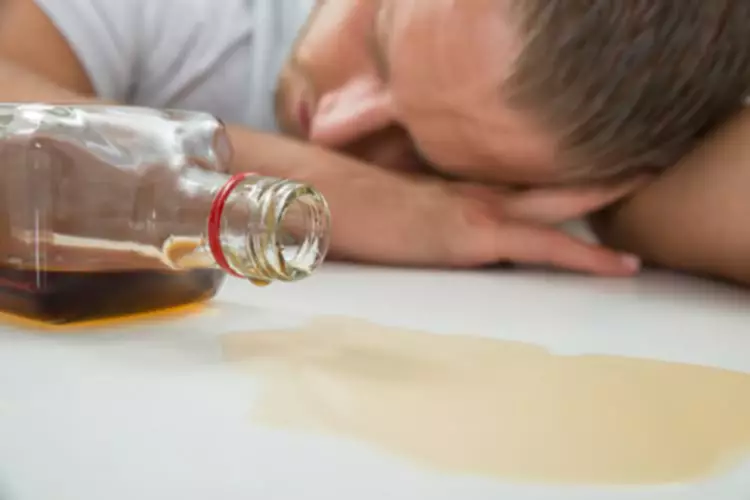
CCAPP RECOVERY RESIDENCES

The heart of all recovery residences is the Social Model, an operational framework that distinguishes these environments from other shared living spaces. This model emphasizes the importance of personal and collective responsibility for the safety and progressive health of oneself and others gratitude house sober living residence in the community. Strengths-based lived experience, peer leadership, participative governance, and community-based support networks are the foundational elements for lasting recovery. The degree of monitoring and regulation in recovery residences varies widely from setting to setting.
What is the Social (Experiential) Model?
These outcomes include not only substantially better abstinence rates, but also increased rates of employment and lower rates of criminal recidivism. Also, among recovery residence members, more 12-step mutual-help participation and lower levels of drinking and drug use in one’s social network predict better substance use outcomes and lower likelihood of arrest over time. Welcome to our Resource Library, a comprehensive gateway to a wealth of resources dedicated to supporting and advancing the mission of quality recovery residences nationwide.
- If your state has an affiliate, please direct your certification inquiries to them through our Affiliate Directory.
- New Hope Rising inspires hope, improves lives and empowers individuals, families and communities by providing innovative behavioral healthcare and recovery-based housing services.
- Level 1 residences are democratically run homes where the residents self-govern by a set of “house rules” and share monthly expenses.
- In recovery homes, we learn to live in community, to navigate disagreements, to manage resources, and to set and realize goals.
- The mission of NARR is to support persons in recovery from addiction by improving their access to quality recovery residences through standards, support services, government and private sector collaboration, education, research, and advocacy.
- Community EngagementActive participation in local, state, and national discussions on recovery housing policies and practices to advocate for the rights and needs of individuals in recovery.
Faith-Based Recovery Support
The NARR Standard provides guidance for certifying effective recovery residences and incorporates the collaborative values of acute care and social models of recovery. The Standard is built on the lived experience of operators and residents, not the decisions of an external accreditation body. Resident wellness and opportunities to enhance recovery are at the forefront of the Standard. All recovery residences offer alcohol and illicit substance-free living environments and utilize a social model recovery approach. They are differentiated by the intensity of staffing, governance, and recovery support services.
CCAPP Certified Recovery Residence Resources
- The standards were Initially developed through an intensive collaboration between regional, state, and local organizations supporting recovery residences nationwide.
- Recovery residences are important assets within a community and among recovery-oriented systems of services.
- As a group, residents work together, using the skills they have learned while in treatment to support each other in the early stages of sobriety.
- The content for these is highly visual and based on video conversations with subject matter experts.
The Washington Alliance for Quality Recovery Residences was founded in 2017 by a group of recovery residence operators and other stakeholders. Our goal is to provide a platform for mutual support, accountability, and resources for operators who desire to provide safe and healthy residential communities for people in recovery from substance use disorders. The CRRA credential is for people who operate and administer recovery residences, which are sober, safe and wellness-oriented living environments that promote sustained recovery from substance use conditions. CRRAs are responsible for the oversight of staff, volunteers and residents according to the standards established by the Florida Association of Recovery Residences (FARR). A series of studies on Oxford Houses suggest they promote a host of positive outcomes at substantially lower costs compared to standard continuing care after residential treatment.



